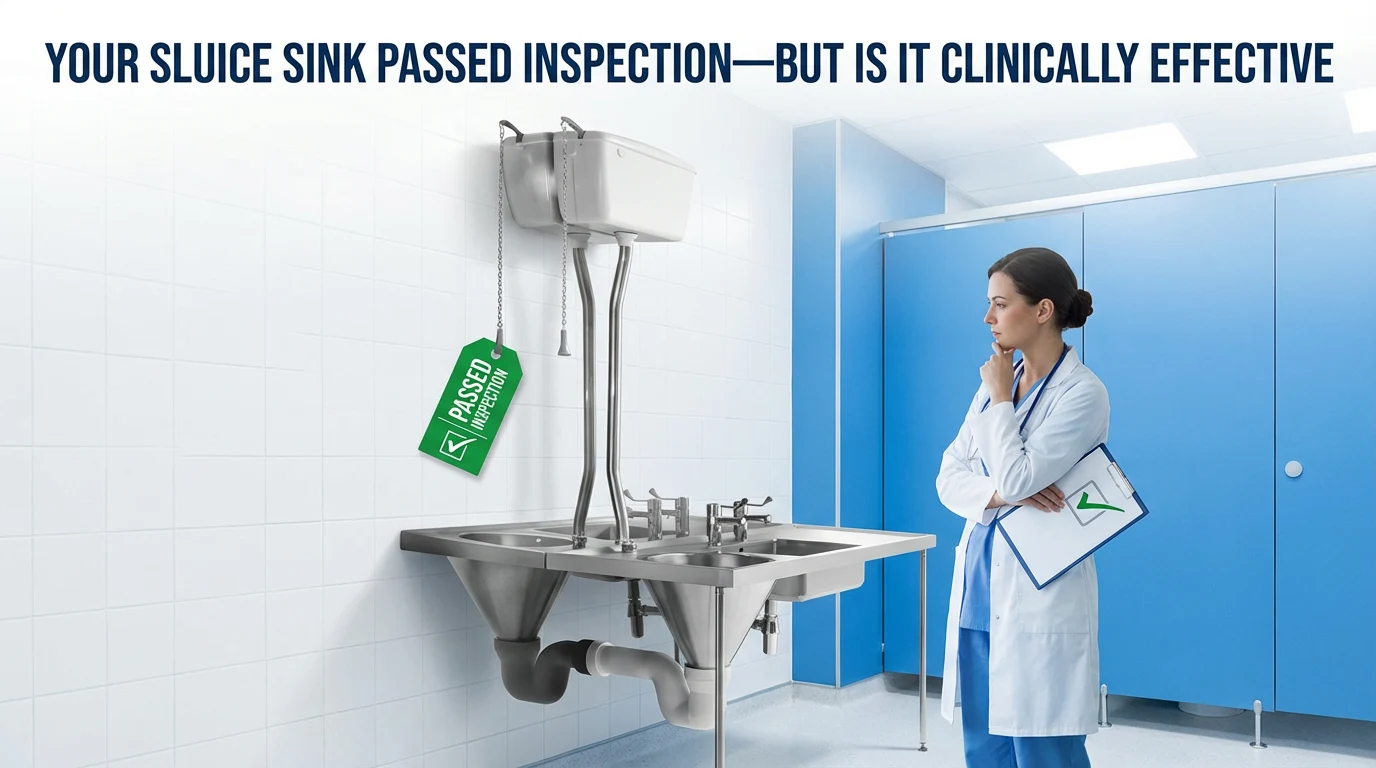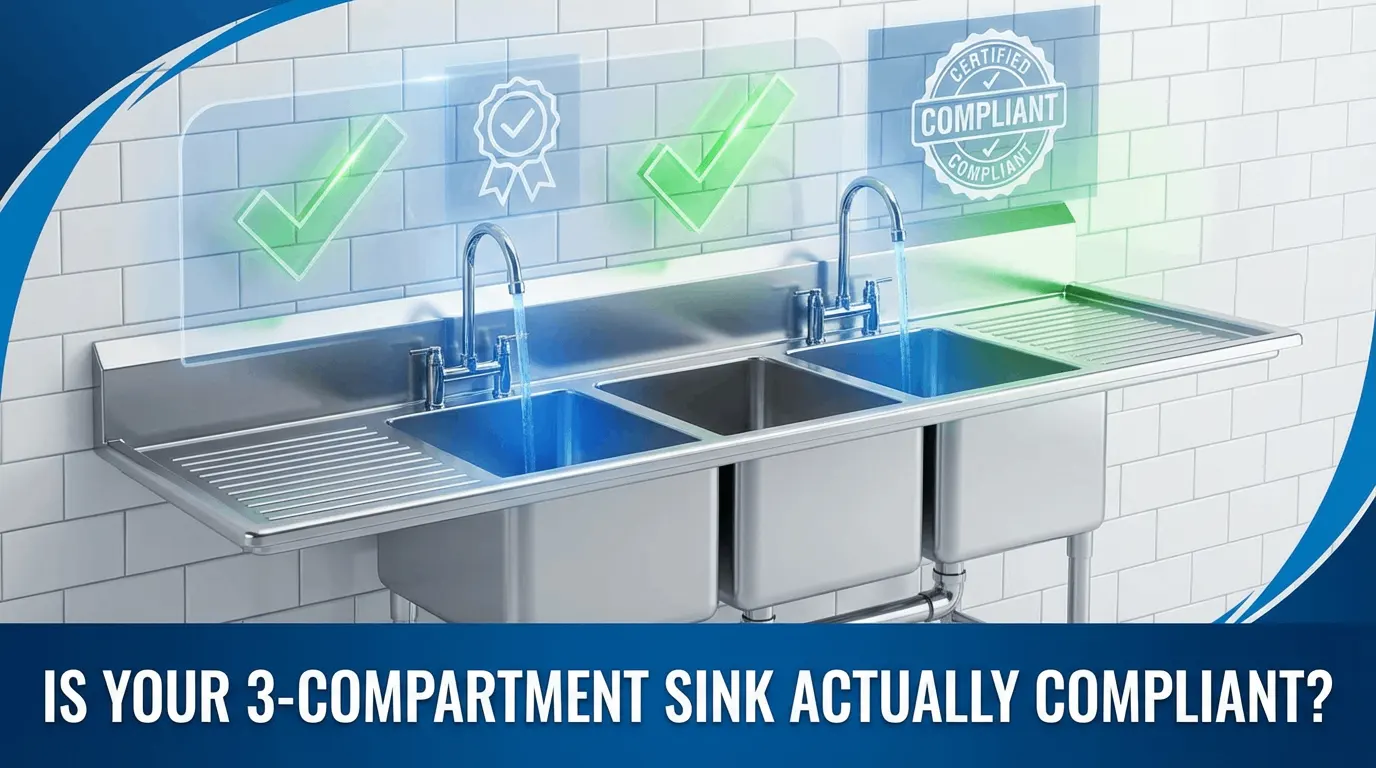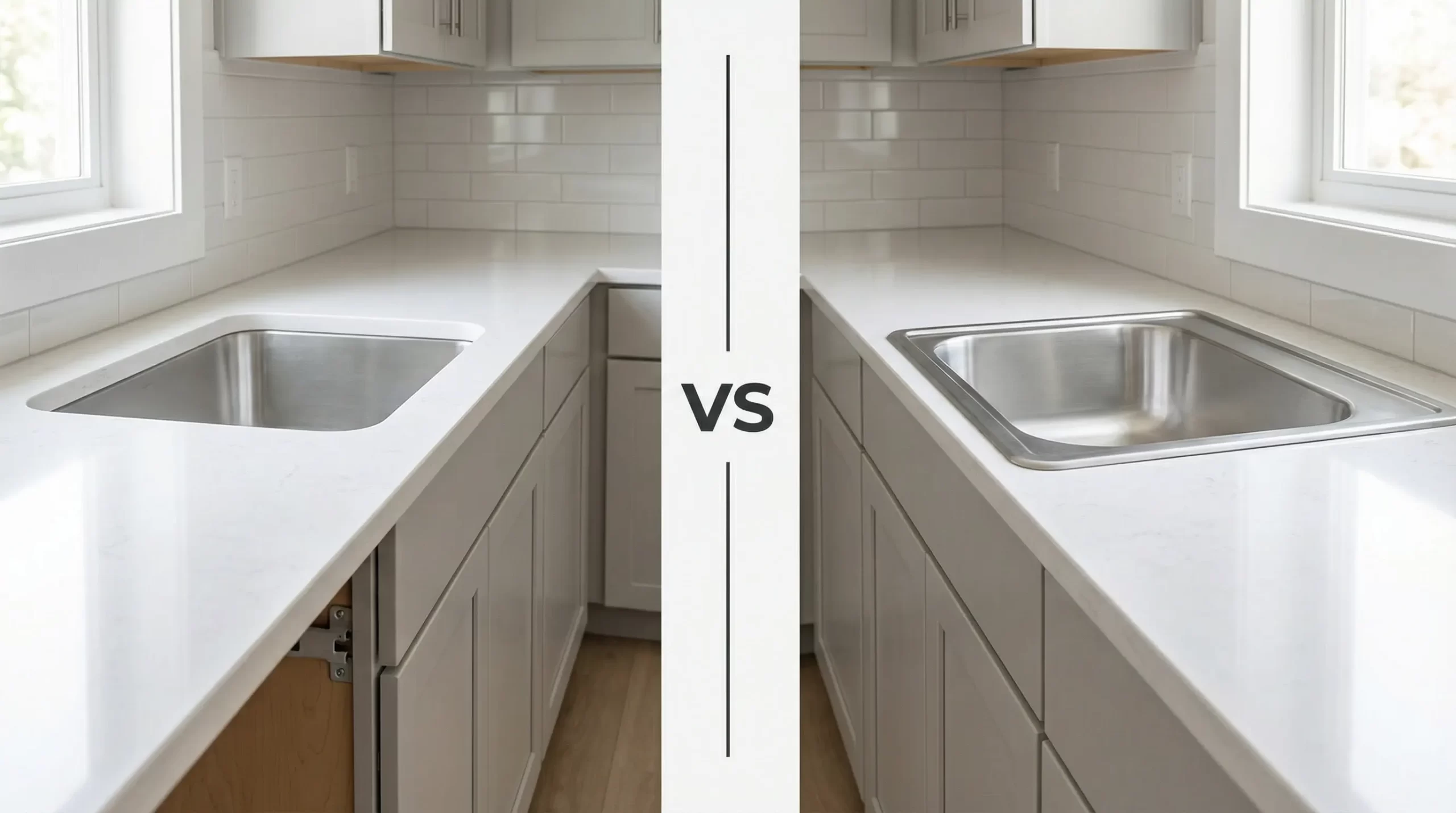5 Common Mistakes with Stainless Steel Laundry Sink
- Using crazy strong acid or alkaline cleaners
- Scratching it up with rough stuff
- Letting salt or nasty chemicals hang out on it
- Dropping hot pots right on the surface
- Cleaning with chlorine-based stuff
Mistake #1: Using Crazy Strong Acid or Alkaline Cleaners
Okay, stainless steel laundry sinks are champs at fighting rust because of this thin little shield on top, made from chromium. It’s like the sink’s superhero cape. But if you hit it with heavy-duty acids (think hydrochloric or sulfuric acid) or super alkaline stuff (like lye or ammonia), you’re basically ripping that cape off. The sink’ll lose its shine, start rusting, and might even be toast for good.
How to Fix It
1. Stick with Chill, Neutral Cleaners
Grab something with a pH around 7—it’s gentle enough to clean without wrecking that protective layer.
2. DIY a Natural Cleaner
Feeling green? Make your own cleaner:
- Baking Soda + Vinegar: Sprinkle some baking soda, splash a little vinegar, let it chill for a few minutes, wipe it off, and rinse. Done.
- Lemon Juice + Baking Soda: Mix these two, smear it on the stains, wait a bit, wipe, and rinse. Easy peasy.
3. Say No to Bleach
Bleach with chlorine (like sodium hypochlorite) is a no-go. It’ll chew through that shield and leave your sink looking sad. If you have to use it, water it down a ton and rinse it off quick.
Mistake #2: Scratching It Up with Rough Stuff
Stainless steel’s tough, but it’s not Superman. Scrubbing with steel wool, hard brushes, or anything sharp will leave scratches all over it. Those scratches aren’t just ugly—they mess with the protective layer, making rust more likely. Plus, they’re like little dirt traps that’ll make things worse over time.
How to Fix It
1. Grab a Soft Cloth or Sponge
A soft cloth or sponge is your best buddy here. Pair it with a neutral cleaner or your DIY mix and wipe gently—no scratches, no stress.
2. Use Non-Scratchy Tools
Got a tough stain? Try a nylon brush or something soft-bristled. It’ll handle the grime without scratching up your sink.
3. Leave the Steel Wool Alone
Steel wool or stiff brushes? Hard pass. They’ll mark up your sink like crazy, even on stubborn spots. Just don’t do it.

Mistake #3: Letting Salt or Nasty Chemicals Hang Out
Stainless steel’s got a good rap for holding up against corrosion, but it’s not perfect. Salt (like from food scraps or seawater) and harsh stuff (like acidic liquids or solvents) can kick rust into gear. The chlorine in salt eats at that protective layer, starting tiny rust spots that spread. Other corrosive junk can also mess with the sink’s sealant or pipes, cutting its life short.
How to Fix It
1. Wipe Off Salt ASAP
If salt hits your sink—like from salty food or ocean water—rinse it off right away. Don’t let it sit there plotting rust.
2. Keep an Eye on It
Already got salt or chemicals on there? Hit it with a neutral cleaner, wipe it down with a soft cloth, and rinse good.
3. Throw Some Polish On It
Every once in a while, use a stainless steel polish. It beefs up the rust protection, smooths out tiny scratches, and keeps gunk from piling up.
Mistake #4: Dropping Hot Pots Right on the Surface
Stainless steel can take some heat, but if you slap a screaming-hot pan or kettle straight on it, you’re asking for trouble. Too much heat can discolor it, warp it, or trash that protective layer, leaving it dull or spotty.
How to Fix It
1. Use a Mat or Rack
Toss down a heat pad, silicone mat, or cooling rack before setting hot stuff on the sink. Keeps it safe and sound.
2. Let It Cool Off First
If you can, let that hot pot or kettle chill out a bit before it hits the sink. Less heat shock, less damage.
Mistake #5: Cleaning with Chlorine-Based Stuff
Chlorine cleaners are awesome at killing germs and stains, but they’re a total jerk to stainless steel. The chlorine messes with the chromium, shredding that protective layer. Once that’s gone, your sink’s shine fades, and you’ll see spots or rust popping up.

How to Fix It
1. Pick Chlorine-Free Cleaners
Go for stuff made for stainless steel or neutral cleaners. They’ll clean without ruining your sink’s vibe.
2. Try Something Mild Instead
Mix up some baking soda with vinegar or lemon juice. Sprinkle the soda, add a splash of the other, let it sit a few minutes, wipe it off, and rinse. Cleans great and keeps the shine.






